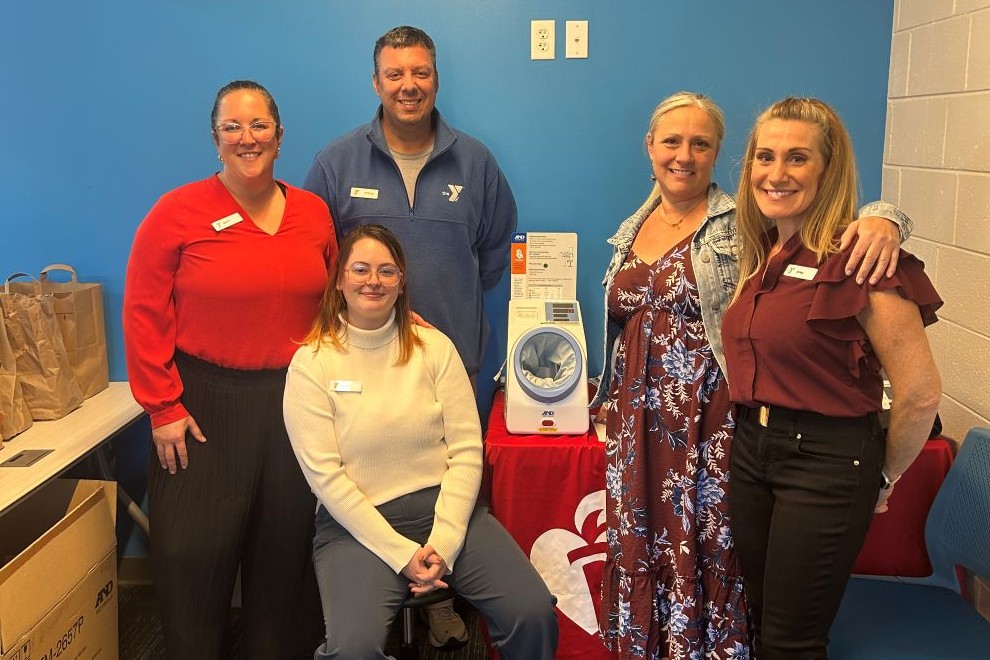By: Chris Orestis
I recently went to see the movie “Gravity” starring Sandra Bullock and George Clooney. It is a fast-paced, exciting thrill-ride from start to finish. After we left the movie, and I replayed the life-threatening events for the actors that unfolded on the screen, I could not help but begin drawing comparisons to the long-term care funding crisis currently unfolding in America today.
Start with the stars of the movie: Sandra Bullock and George Clooney are both baby boomers and they find themselves unprepared to deal with a sudden crisis that puts them in immediate jeopardy. Most seniors and baby boomers are also unprepared for what is too often a sudden health crisis through which they must safely navigate. In space, an unexpected collision with a satellite or other object is disastrous. For a family, an unexpected fall or rapid decline in health can also be disastrous. The astronauts in “Gravity” had to contend with limited oxygen and how they could conserve this precious resource long enough to find sanctuary. For families confronting the costs of long term care, money is like oxygen. It is a precious resource in limited supply that must be conserved. The biggest fear of the young is not living long enough, and the biggest fear of people in long-term care is living too long and outliving their “oxygen” supply.
Once disaster strikes in the movie, Sandra Bullock and George Clooney are literally tethered together and entirely dependent on each other for survival. Spouses and their family also experience a similar “tethering” effect where they become very reliant on one another to make it through a long-term care crisis. The feeling of being overwhelmed can be helped by sharing the burden, and focusing on the ultimate goal of making sure a loved one will be able to receive the best possible care.
In the movie, the astronauts are prepared for every contingency and have dedicated support systems in place to get them through each phase of their mission. Nonetheless, when disaster strikes things quickly spin out of control. In life, too few people have made plans for how to handle long-term care. A future long-term care patient may have close loved ones, but those family and friends may not be able to drop everything in devotion to a patient’s care. Families should put in time now to discuss the wishes of loved ones when it comes to long-term care, and understand the financial situation and available resources. Are there savings and investments that can be accessed; is there a long-term care and/or life-insurance policy in place that can be converted to pay for care– and where is it; is there a final will or living will, and should a power-of-attorney document be in place?
In the movies, our heroes often work their way through challenges with a combination of luck and skill (and, of course, some movie magic) to find their way to a happy ending.
For families confronting the hard decisions and costs surrounding long-term care, however, they will not be able to count on a hero swinging in at the last minute to rescue them. But, a happy ending is possible for families that take the time now to prepare, seek out information and know how to work together to make sure their loved one will be able to achieve a safe landing.
About Chris Orestis: Chris Orestis, nationally known senior health-care advocate and expert is CEO of Life Care Funding (www.lifecarefunding.com), which created the model for converting life insurance policies into protected Long-Term Care Benefit funds. His company has been providing care benefits to policy holders since 2007. A former life insurance industry lobbyist with a background in long-term care issues, he created the model to provide an option for middle-class people who are not wealthy enough to pay for long-term care, and not poor enough to qualify for Medicaid.




